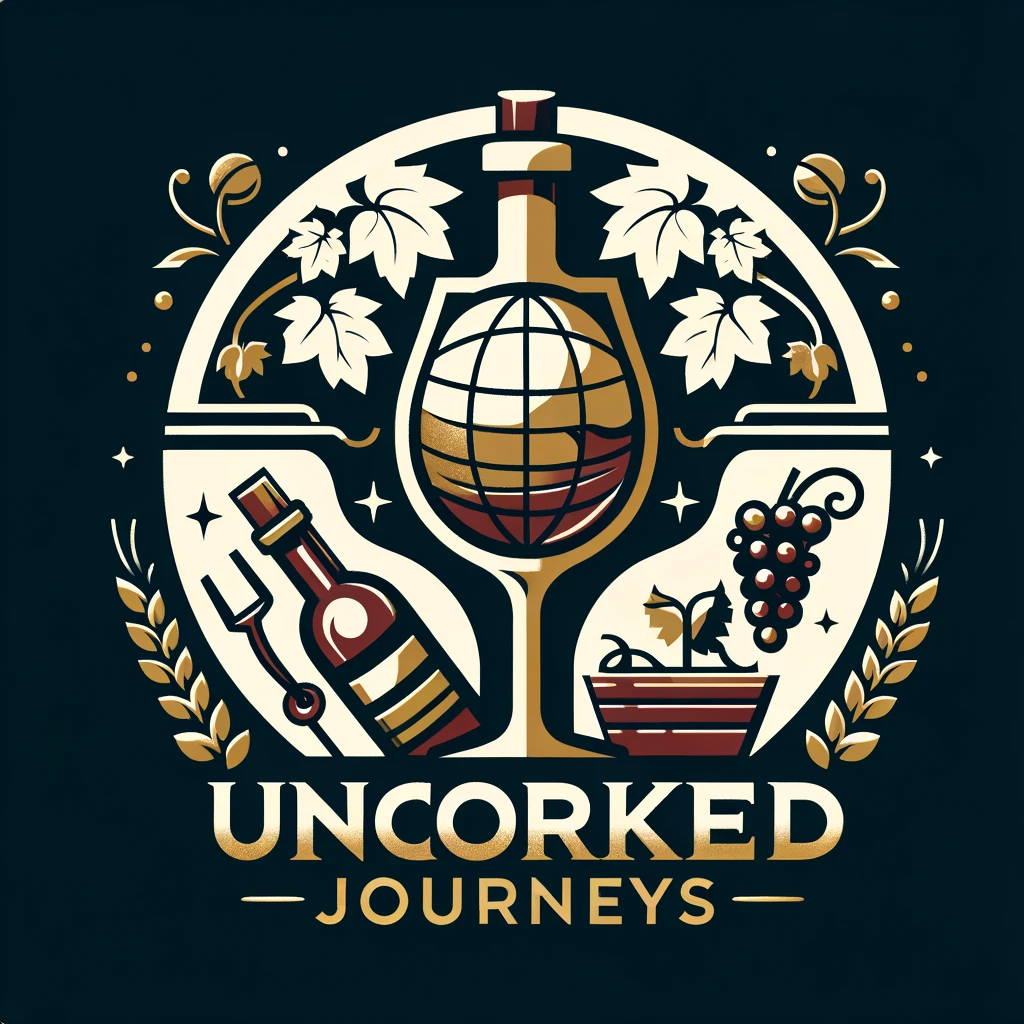La Rioja
La Rioja, Spain, is synonymous with wine, offering a storied tradition that has cemented its place as one of the world's premier wine regions. The culture of winemaking here is deeply intertwined with the region’s identity, with vineyards stretching across undulating landscapes and families passing down knowledge of viticulture through generations. Celebrations of wine are embedded in local festivals, and the region's wineries, both ancient and modern, invite visitors to experience the art of winemaking in a setting that feels timeless.
The history of wine in La Rioja dates back to Roman times, when viticulture first took root in the fertile valleys nourished by the Ebro River. Over the centuries, monasteries played a crucial role in refining winemaking techniques, particularly during the medieval period when monks cultivated vineyards and perfected methods of fermentation and aging. By the 19th century, La Rioja was flourishing as a wine region, benefiting from innovations brought by French winemakers fleeing the phylloxera epidemic. This infusion of expertise helped define the unique styles and processes that continue to distinguish Rioja wines today.
Among the most noteworthy wines of La Rioja are the region's iconic red Tempranillo-based blends, which are often aged in oak barrels to achieve a distinctive complexity. These wines are categorized into four classifications: Joven, Crianza, Reserva, and Gran Reserva, each reflecting varying levels of aging and depth. White Rioja wines, typically made from the Viura grape, offer crisp acidity and subtle floral notes, while rosados deliver vibrant fruitiness. Some wineries are also exploring modern techniques to produce innovative wines that reflect the evolving tastes of global wine enthusiasts.
La Rioja's terroir plays a fundamental role in shaping the character of its wines. The region benefits from a confluence of Mediterranean, Atlantic, and Continental climates, creating ideal conditions for cultivating a wide range of grape varieties. The soils, ranging from clay and limestone to ferrous deposits, contribute distinctive minerality and structure to the wines. For example, Tempranillo thrives in the region’s diverse microclimates, developing flavors that range from bright red fruits in the cooler zones to richer, spicier profiles in the warmer areas. These unique environmental factors make La Rioja a prime location for producing wines with exceptional balance and depth.
What sets La Rioja apart is not just its wines but the dedication to tradition and innovation that defines the region's approach to winemaking. The centuries-old cellars, known as 'calados,' stand as a testament to the enduring craft of aging wines under ideal conditions. Meanwhile, modern bodegas are pushing boundaries with striking architectural designs and cutting-edge technologies, blending heritage with progress. Visitors to the region often find themselves enchanted not only by the wines but also by the passion and pride of the people who make them, ensuring that every bottle tells a story of place, history, and artistry.
